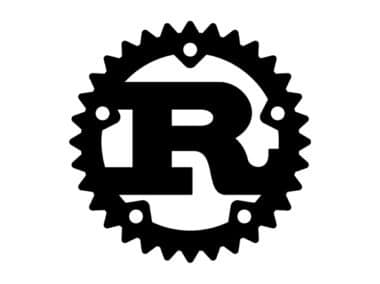Interfaces are an important concept in Java programming, allowing you to define a set of methods that a class must implement. In this guide, we will explain what interfaces are, how to define them, how to implement them, and how to use them in your code.
What are Interfaces?
In Java, an interface is a collection of methods that define a set of actions that a class must perform. When you define an interface, you are essentially creating a contract that a class must follow to be considered a valid implementation of that interface. This contract specifies the methods that a class must implement, along with their signatures.
Interfaces are used extensively in Java programming because they enable you to define a common set of methods that can be implemented by many different classes. This allows you to write code that is more flexible and reusable, as you can pass objects of different classes to a method as long as they implement the same interface.
Defining Interfaces
To define an interface in your Java code, you use the interface keyword followed by the name of the interface. Here’s an example:
public interface MyInterface {
public void methodOne();
public String methodTwo(int num);
}
In this example, we define an interface called MyInterface that contains two methods: methodOne() which takes no arguments and returns nothing, and methodTwo() which takes an integer argument and returns a string.
When you define an interface, you are only declaring the methods that must be implemented by the classes that implement the interface. You do not provide any implementation details for these methods.
Implementing Interfaces
Once you have defined an interface, you can implement it in a class using the implements keyword. Here’s an example:
public class MyClass implements MyInterface {
public void methodOne() {
// implementation of methodOne
}
public String methodTwo(int num) {
// implementation of methodTwo
return "Number: " + num;
}
}
In this example, we define a class called MyClass that implements the MyInterface interface. We must provide an implementation for both methodOne() and methodTwo() in order for MyClass to be considered a valid implementation of MyInterface.
When you implement an interface in a class, you must provide an implementation for each of the methods declared in the interface. The signature of the methods must match exactly with the signature declared in the interface.
Using Interfaces
Once you have defined an interface and implemented it in a class, you can use it in your code. Here’s an example:
public class Main {
public static void main(String[] args) {
MyInterface obj = new MyClass();
obj.methodOne();
String result = obj.methodTwo(42);
System.out.println(result);
}
}
In this example, we create an instance of MyClass and assign it to a variable of type MyInterface. We can then call the methods defined in MyInterface on obj.
By using interfaces in this way, we can write code that is more flexible and reusable. We can define a method that takes an object of type MyInterface as a parameter, and then pass in any object that implements the MyInterface interface. This allows us to write code that works with a wide variety of different objects, as long as they implement the same interface.
Conclusion
Interfaces are an important concept in Java programming, allowing you to define a set of methods that a class must implement. By defining interfaces, you can create a contract that a class must follow to be considered a valid implementation. Implementing interfaces allows you to provide different implementations of the same set of methods. Finally, using interfaces in your code allows you to write more flexible and reusable code.




